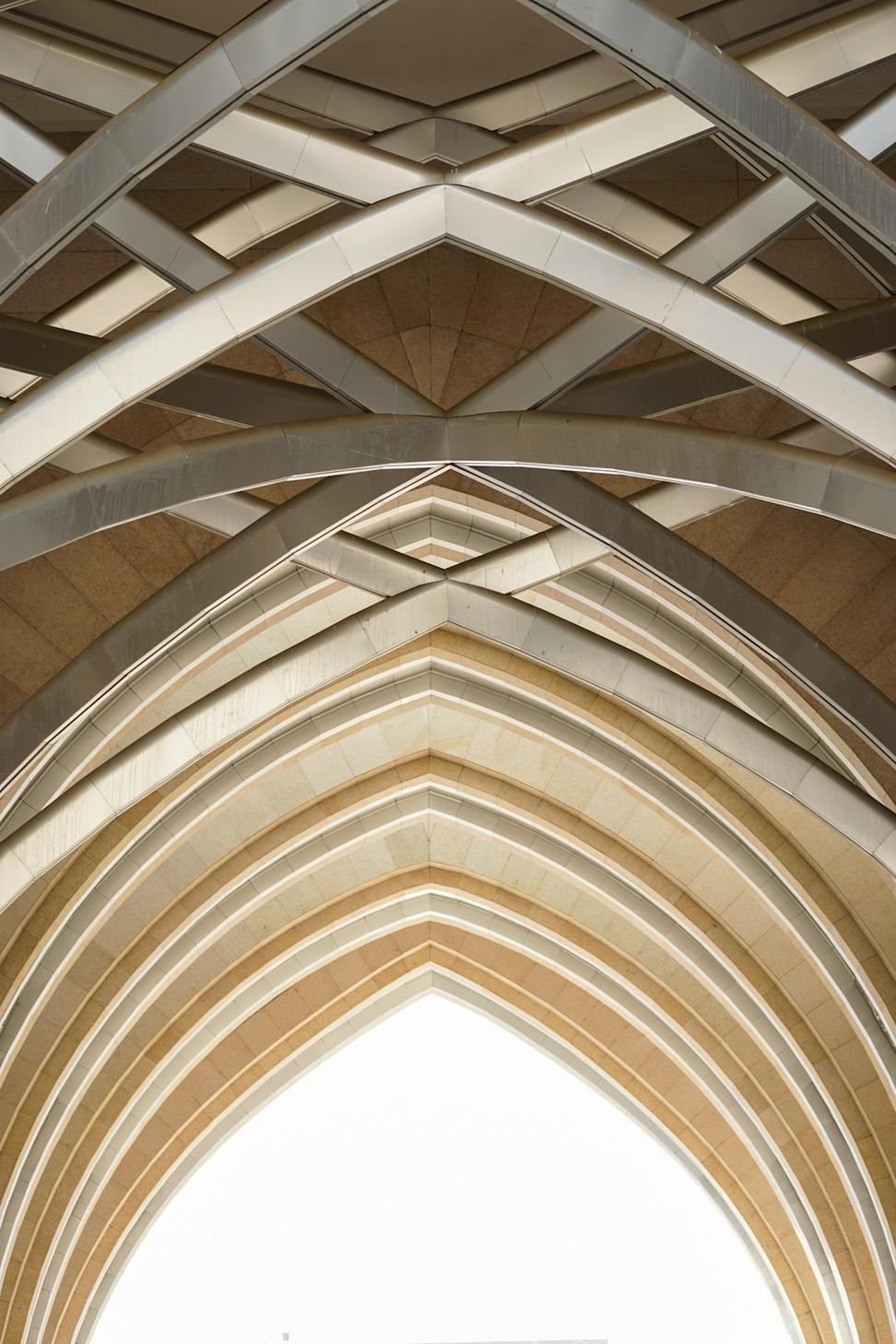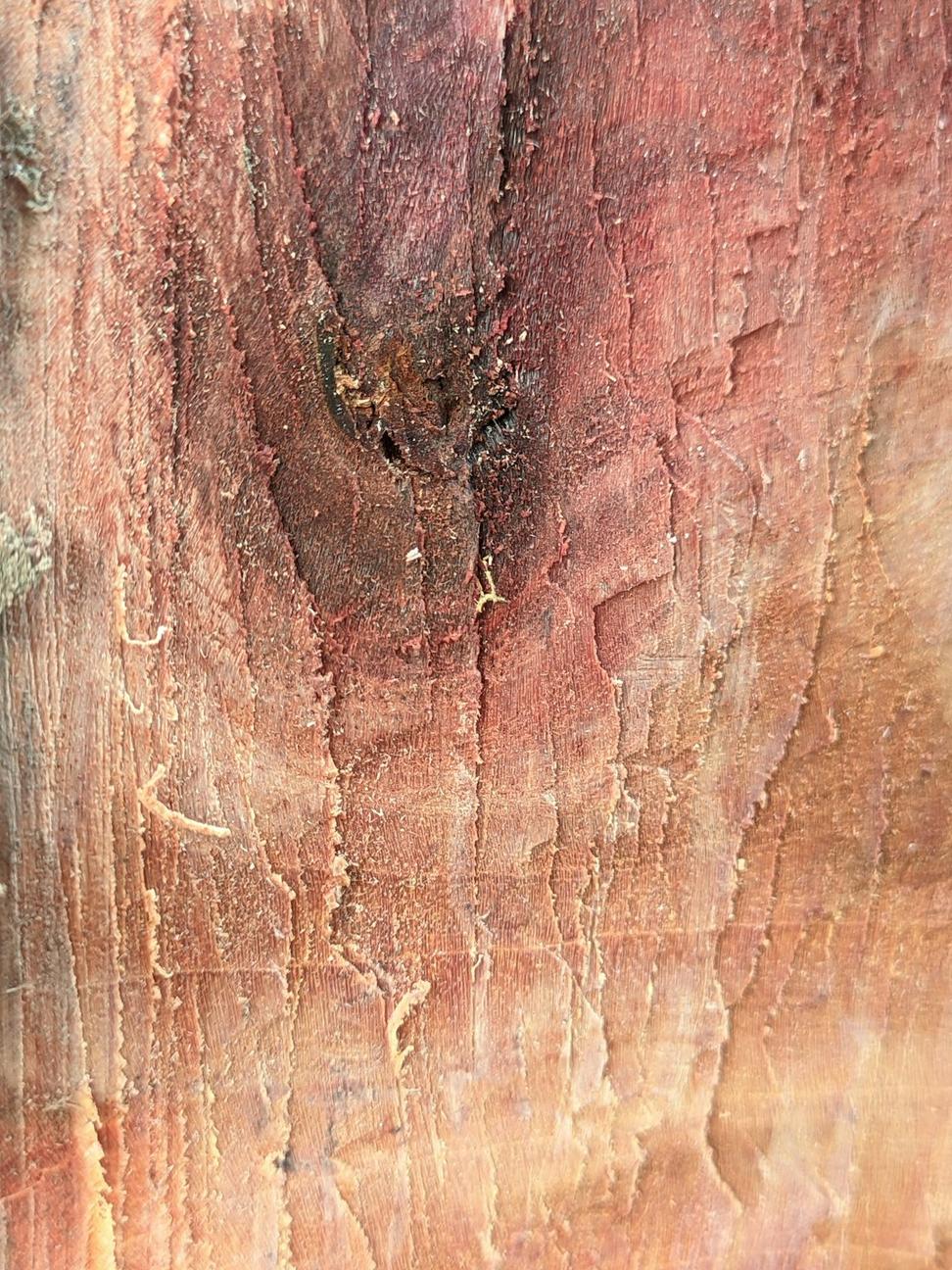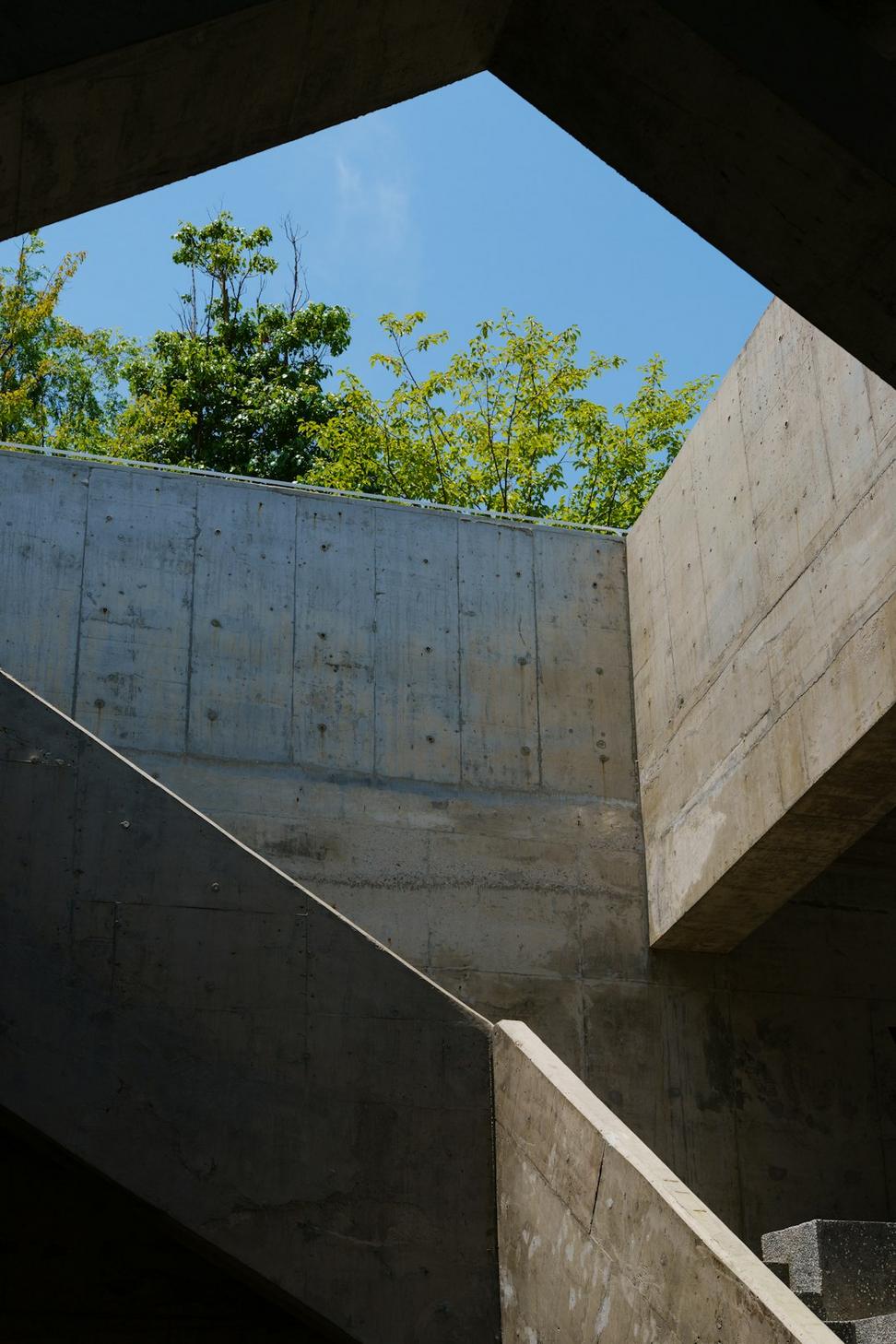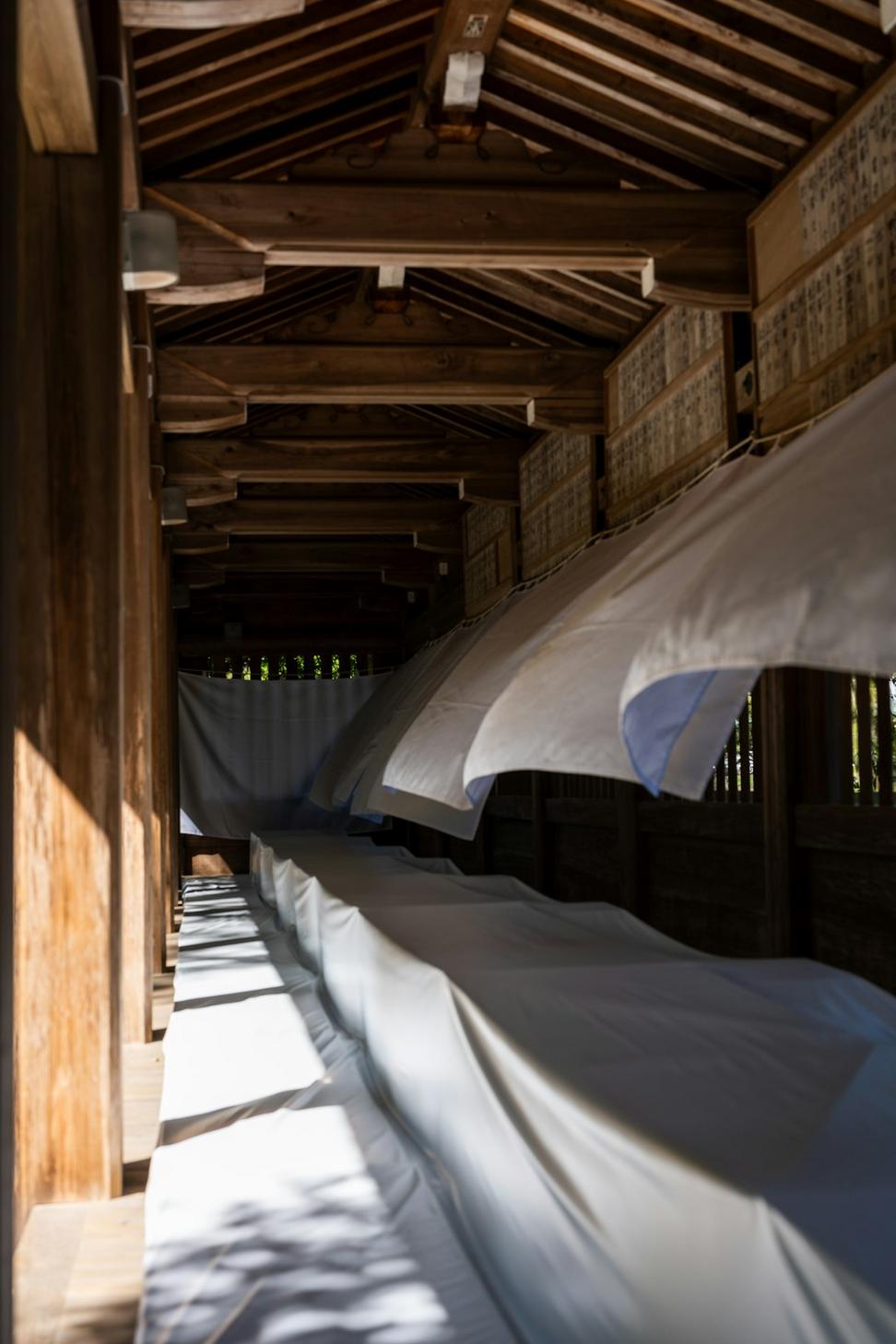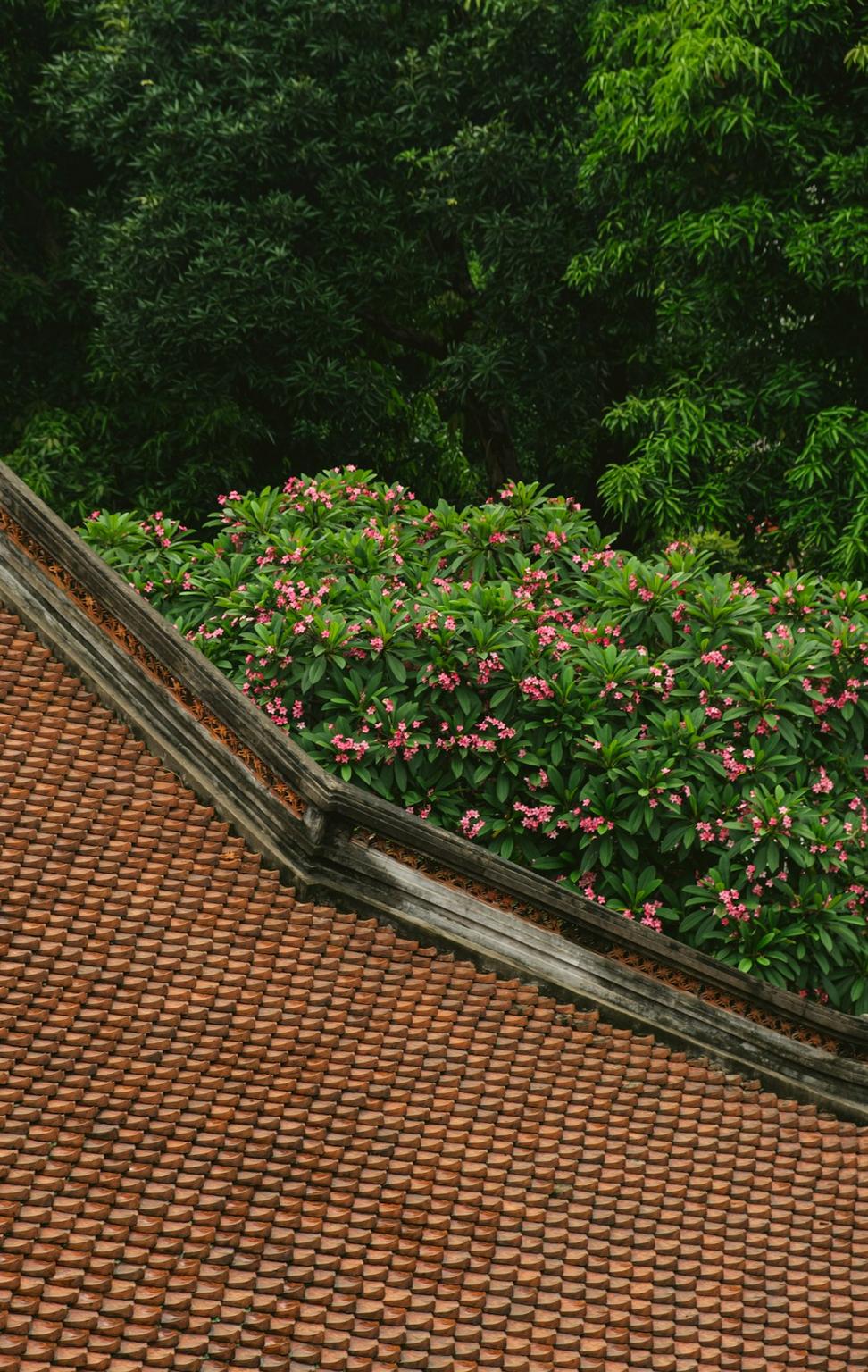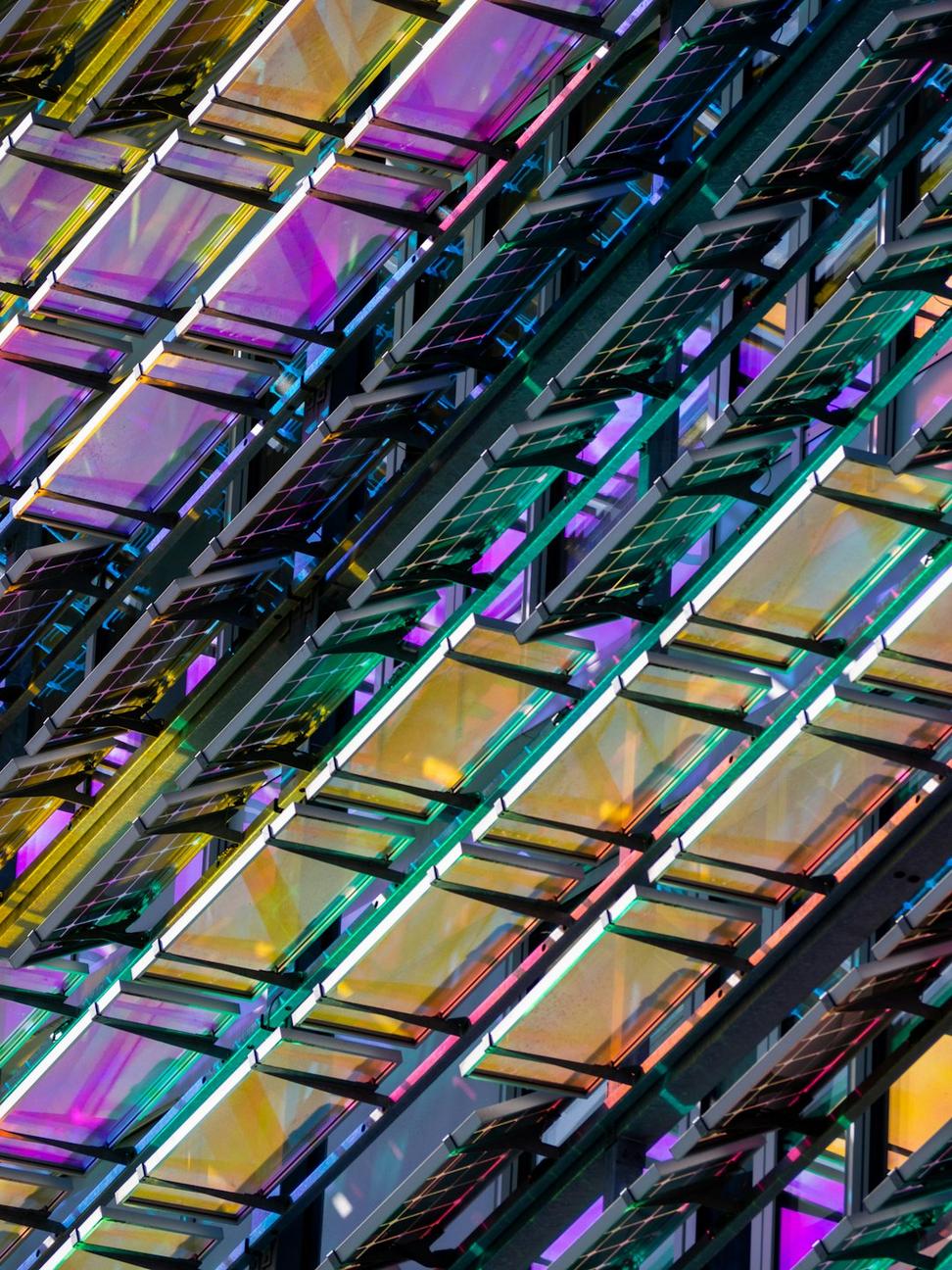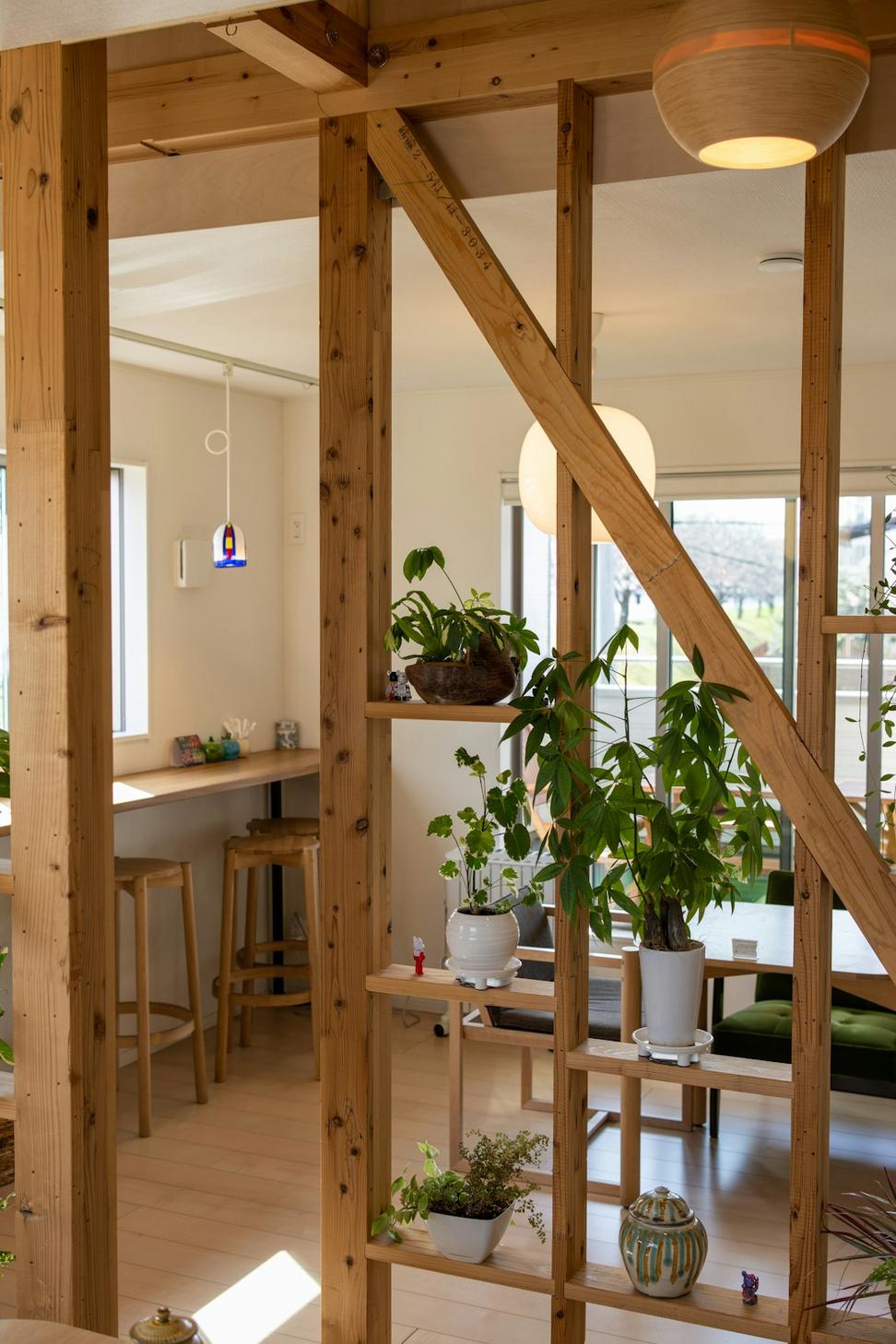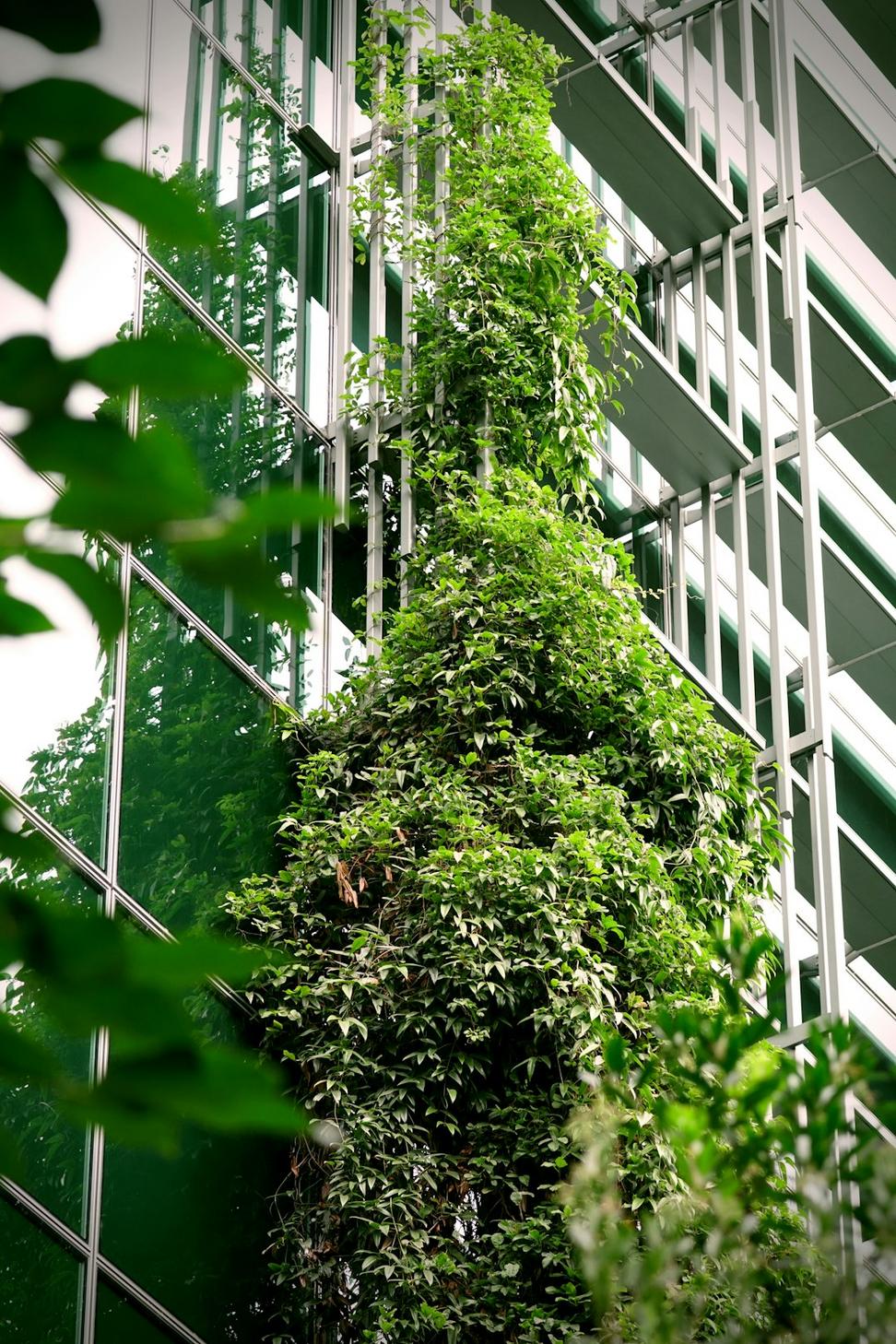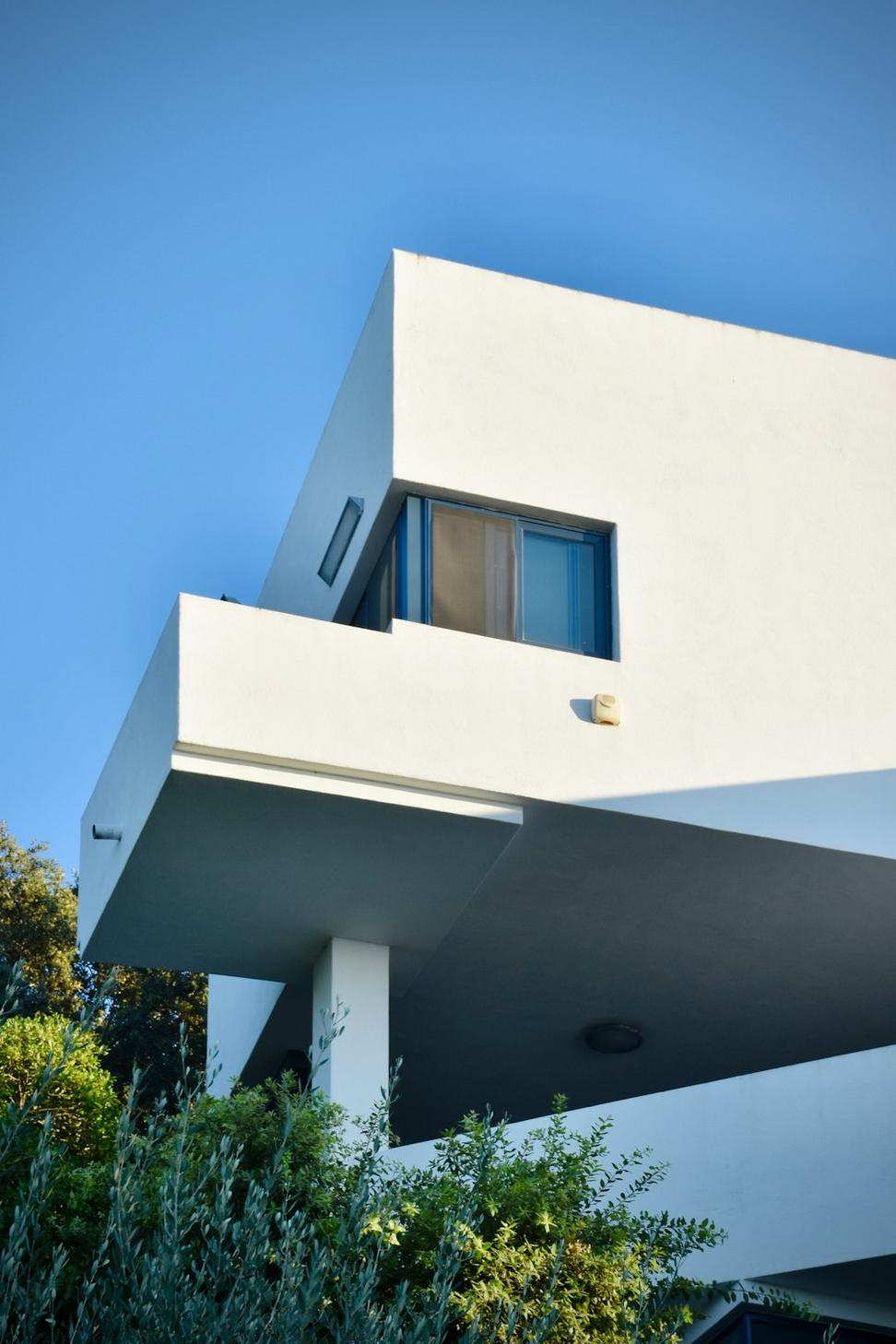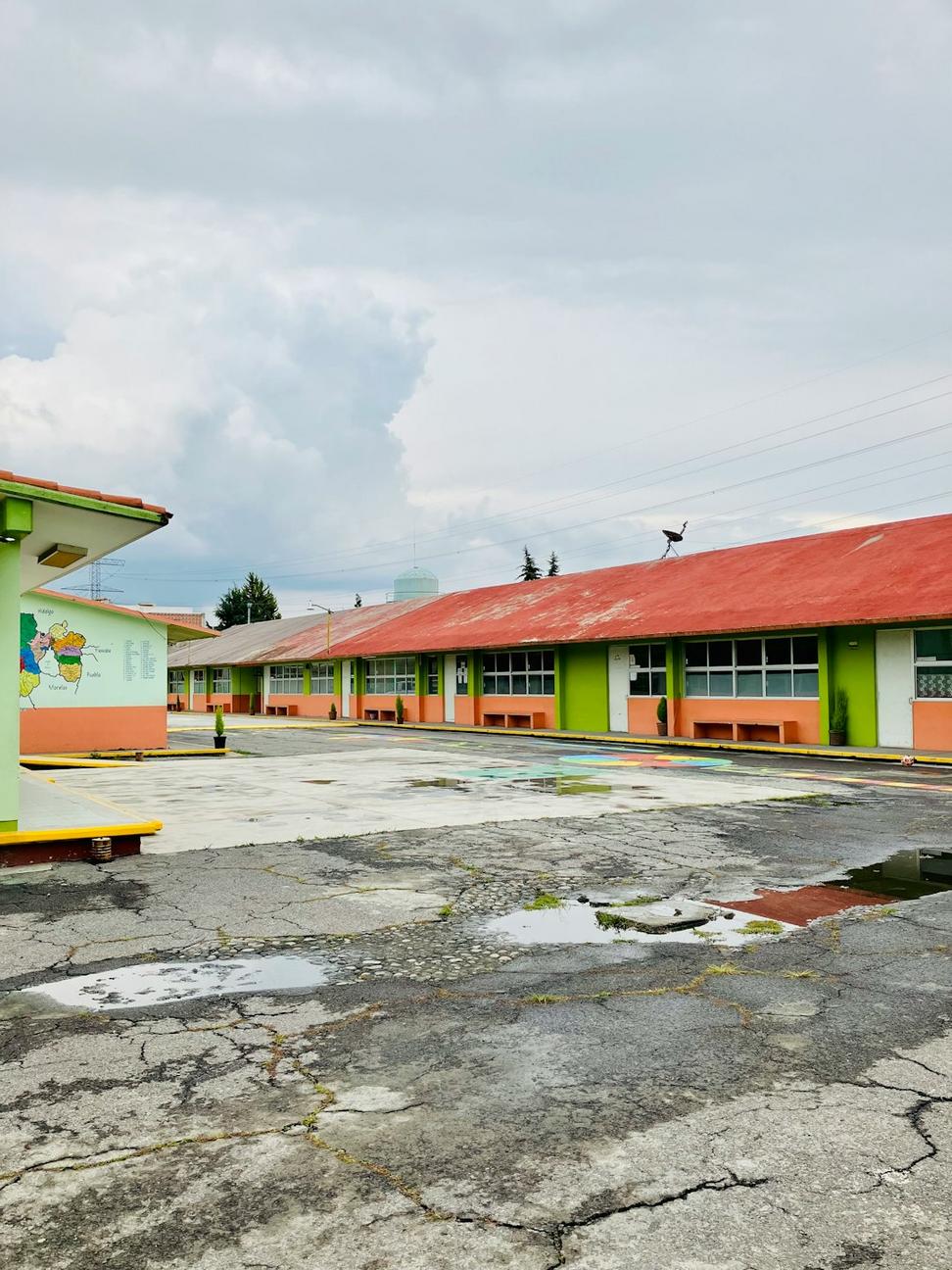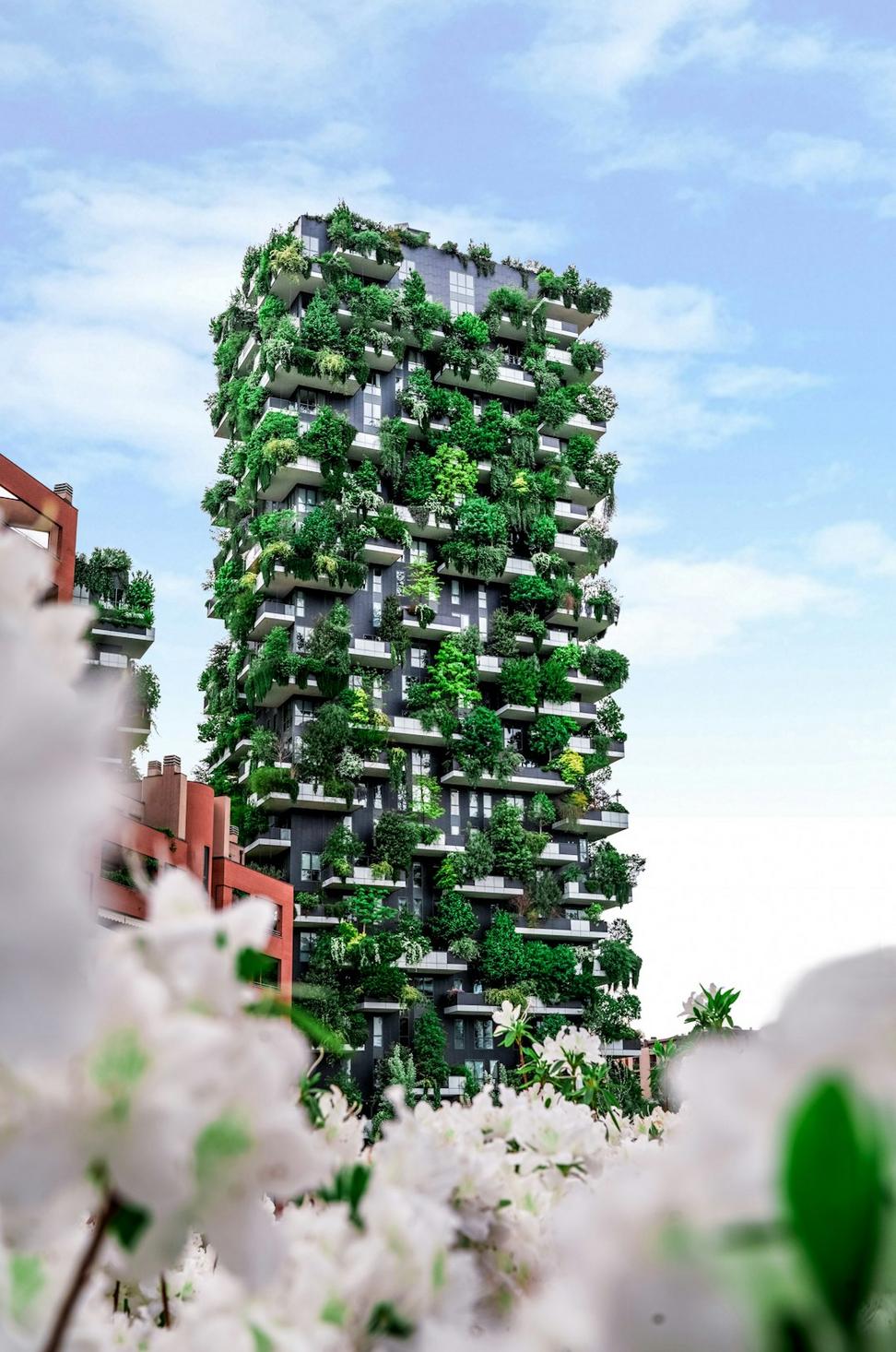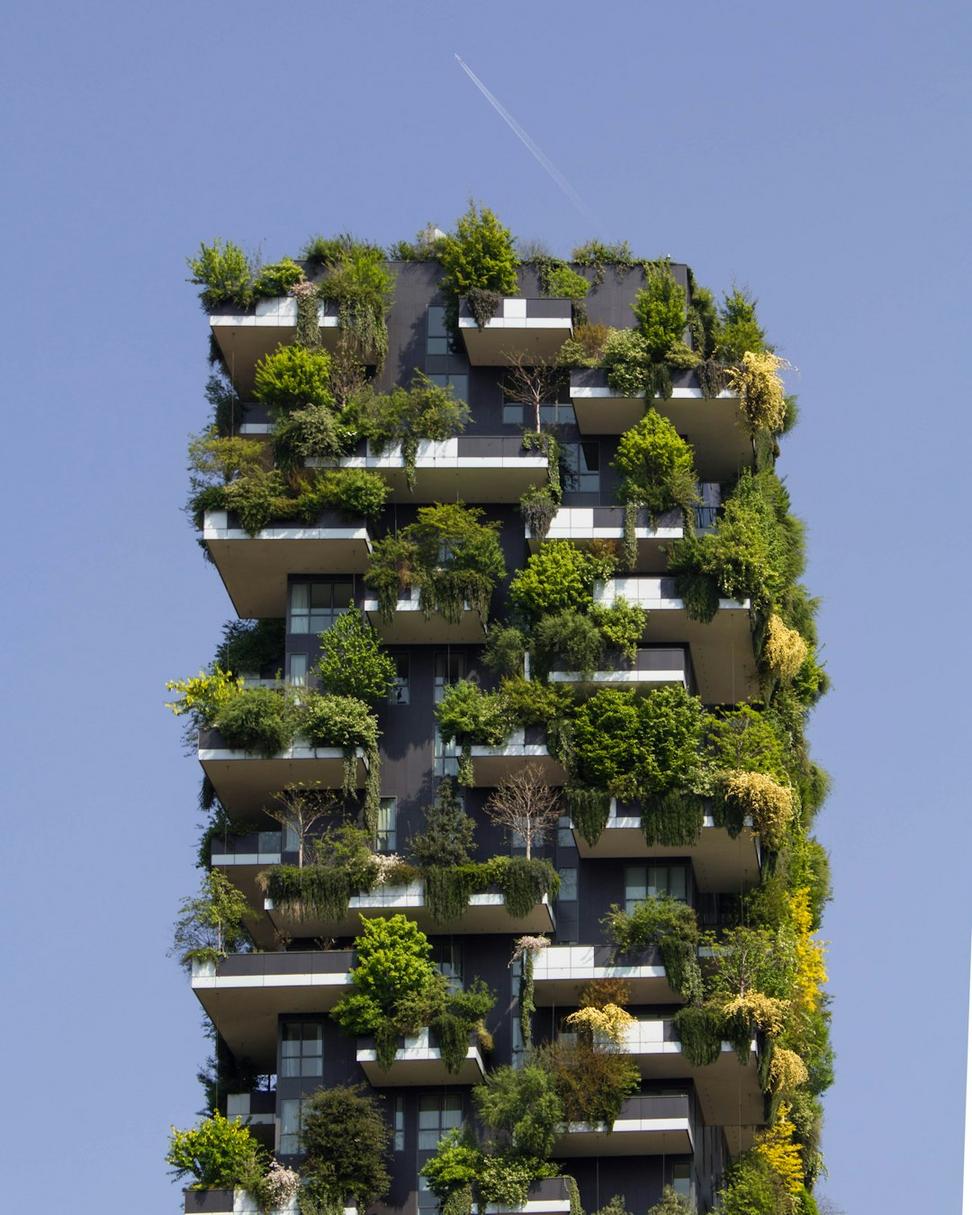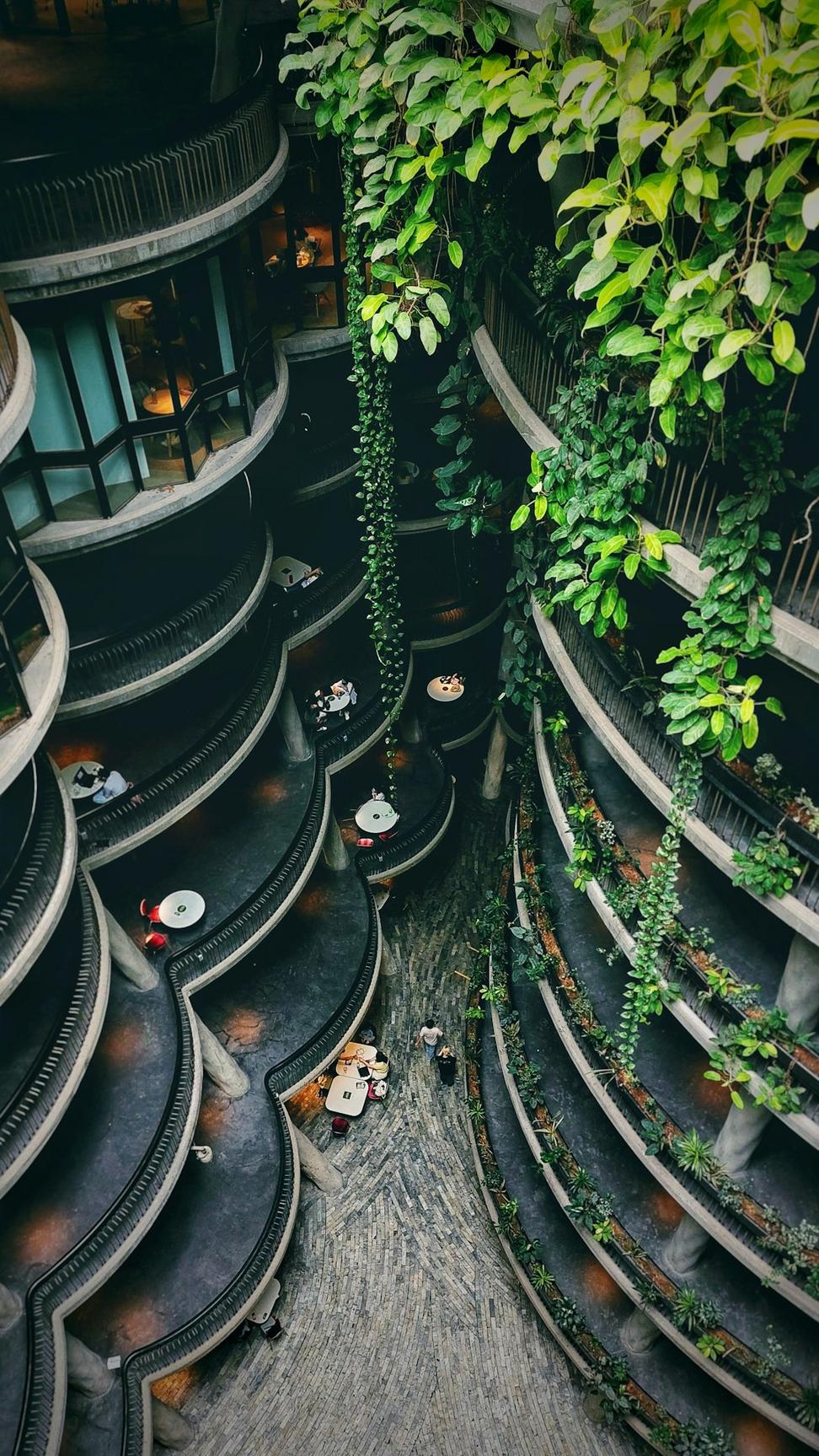
Why We Actually Care About This Stuff
Look, I'll be honest - when I started out in architecture about 15 years ago, sustainability was more of an afterthought. A nice-to-have. But after seeing how buildings consume nearly 40% of global energy and contribute a massive chunk to carbon emissions, something clicked. We can't keep designing the same way and expect different results.
Now every project we take on starts with one question: how can we make this building work with its environment instead of fighting it? Sometimes that means passive solar design, other times it's about sourcing reclaimed materials, or integrating green roofs that actually do something beyond looking pretty.
The cool part? Our clients are increasingly coming to us specifically because they want this approach. They're tired of cookie-cutter designs that rack up energy bills and feel disconnected from their surroundings. They want spaces that breathe, that respond to seasons, that'll still be relevant in 50 years.
